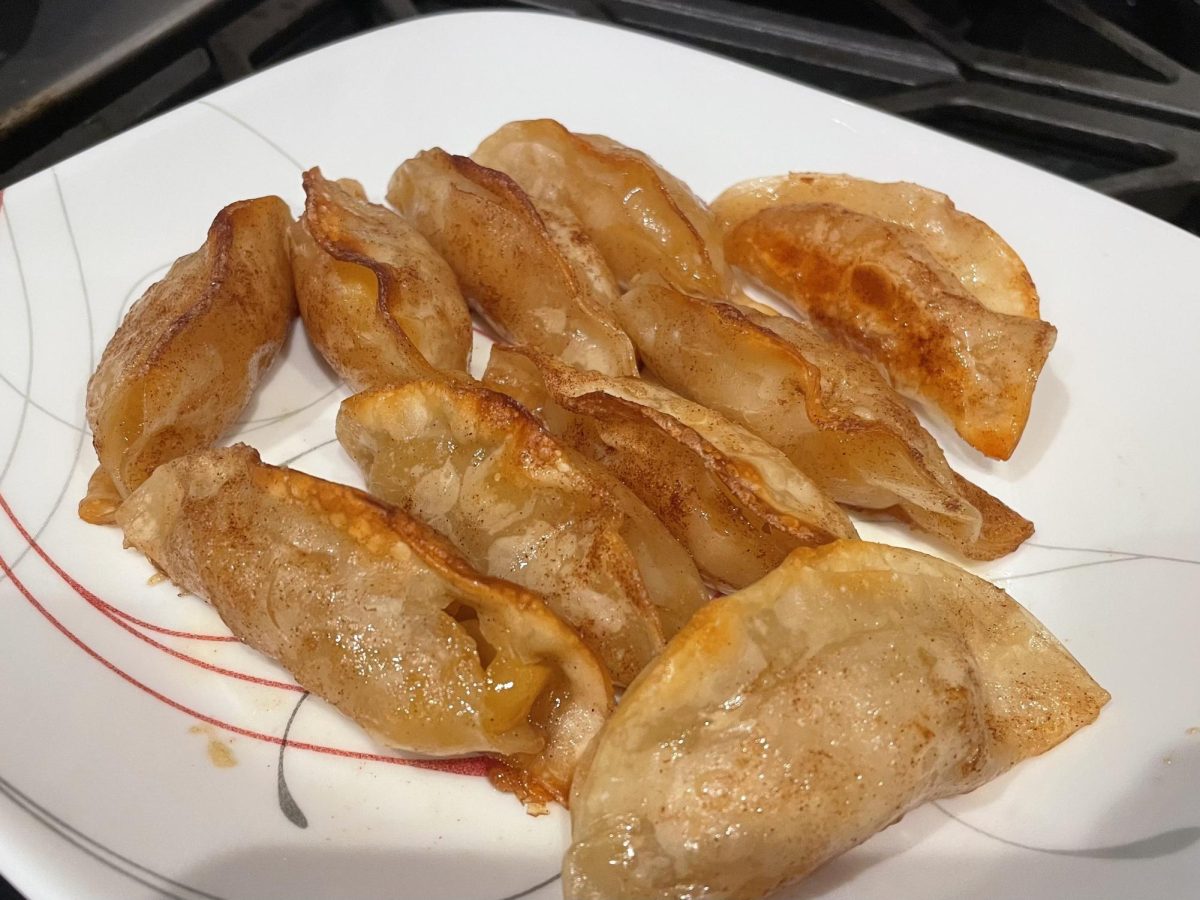Not worth its salt: discussing the viability of desalination as a solution to California’s drought
Aquila Columnist Derek Yen writes about California’s ongoing drought and desalination as a means to combat it.
January 15, 2016
As the rainy season returns to California, the drought that was once at the forefront of media coverage and statewide discussion no longer concerns the public as greatly.
Unfortunately, most of this rainwater can not, and will not, be used to mitigate the drought. There is little infrastructure in place to capitalize upon the rainwater, and much of it will run back to the ocean. But what if we could reclaim that water from the ocean – or even reclaim the ocean itself?
Desalination is the process of creating potable water from saltwater, usually sourced from the ocean. Already employed in arid countries such as Israel, some Californians have called for it to be put to use in combating the drought. There are a few plants already existent in California, but they do not see regular use. Santa Barbara built a desalination plant in response to severe drought in 1992, but only used the facility sparingly (though plans are in the works to reopen the facility come Summer of 2016.)
On paper, desalination sounds almost like alchemy – it is the literal process of converting worthless yet ubiquitous brine into the rare elixir of life-giving water. But its appealing convenience belies its drawbacks, and we must carefully consider its employment. A number of critical factors greatly limit the viability of desalination and undermine its ability to be widely employed.
One of the most salient and practical drawbacks of employing desalination are its exorbitant costs. The state-of-the-art desalination plant currently being constructed in Carlsbad will cost an estimated one billion dollars. This calculation comes from a group experienced in constructing desalination plants – any superfluous costs have been voided.
Compounded to that are the costs of the operation of these plants. Modern desalination plants employ reverse osmosis (RO). In reverse osmosis, two chambers are separated by a semipermeable membrane. High-pressure pumps force seawater through the membrane into the other chamber, separating it into drinkable freshwater and concentrated saltwater.
This pressurized pumping requires substantial amounts of energy – producing a cubic meter of water via RO requires about 3.5 to 5.0 kWh of electricity, while conventional methods of creating drinking water only cost 0.37 kWh/m3.
Furthermore, the process’s reliance on electricity makes it vulnerable to sudden changes in the price of energy. If the price of electricity changes even slightly, the cost of desalination and thus water bills will fluctuate accordingly.
Another primary concern is the environmental impact of desalination. Desalination’s heavy power usage translates to the burning of fossil fuels for power generation. Given the current outsourcing of energy, the operation of a desalination plant would require over 800,000 kWh of energy, emitting 560,000 kilograms of CO2 every day as a result.
Even if we fueled desalination facilities with renewable energy sources like solar power and wind power, the operation of a plant itself raises several issues. The ocean water intake pipes can damage local marine ecosystems by sucking in and killing marine invertebrates, fish eggs and fish larvae.
The concentrated saltwater released as waste from the desalination process also poses a serious environmental threat if not properly handled. Most facilities opt to pipe brine back into the ocean, where it sinks to the seafloor, raises the salinity and temperature of the surrounding environment and decimates ecosystems.
We already have many other ways of combating the drought which require less resources and commitment but have yet to be employed. Water continues to be put to frivolous uses, such as maintaining lawns and golf courses, and a system to treat greywater separately from sewage has yet to be put to widespread use.
That being said, desalination is not an inherently bad idea. Taken in moderation, it can be a useful contributing member of California’s water portfolio. But desalination cannot and should not be thought of as the magic bullet to end the drought.



















![“[Building nerf blasters] became this outlet of creativity for me that hasn't been matched by anything else. The process [of] making a build complete to your desire is such a painstakingly difficult process, but I've had to learn from [the skills needed from] soldering to proper painting. There's so many different options for everything, if you think about it, it exists. The best part is [that] if it doesn't exist, you can build it yourself," Ishaan Parate said.](https://harkeraquila.com/wp-content/uploads/2022/08/DSC_8149-900x604.jpg)




![“When I came into high school, I was ready to be a follower. But DECA was a game changer for me. It helped me overcome my fear of public speaking, and it's played such a major role in who I've become today. To be able to successfully lead a chapter of 150 students, an officer team and be one of the upperclassmen I once really admired is something I'm [really] proud of,” Anvitha Tummala ('21) said.](https://harkeraquila.com/wp-content/uploads/2021/07/Screen-Shot-2021-07-25-at-9.50.05-AM-900x594.png)







![“I think getting up in the morning and having a sense of purpose [is exciting]. I think without a certain amount of drive, life is kind of obsolete and mundane, and I think having that every single day is what makes each day unique and kind of makes life exciting,” Neymika Jain (12) said.](https://harkeraquila.com/wp-content/uploads/2017/06/Screen-Shot-2017-06-03-at-4.54.16-PM.png)








![“My slogan is ‘slow feet, don’t eat, and I’m hungry.’ You need to run fast to get where you are–you aren't going to get those championships if you aren't fast,” Angel Cervantes (12) said. “I want to do well in school on my tests and in track and win championships for my team. I live by that, [and] I can do that anywhere: in the classroom or on the field.”](https://harkeraquila.com/wp-content/uploads/2018/06/DSC5146-900x601.jpg)
![“[Volleyball has] taught me how to fall correctly, and another thing it taught is that you don’t have to be the best at something to be good at it. If you just hit the ball in a smart way, then it still scores points and you’re good at it. You could be a background player and still make a much bigger impact on the team than you would think,” Anya Gert (’20) said.](https://harkeraquila.com/wp-content/uploads/2020/06/AnnaGert_JinTuan_HoHPhotoEdited-600x900.jpeg)

![“I'm not nearly there yet, but [my confidence has] definitely been getting better since I was pretty shy and timid coming into Harker my freshman year. I know that there's a lot of people that are really confident in what they do, and I really admire them. Everyone's so driven and that has really pushed me to kind of try to find my own place in high school and be more confident,” Alyssa Huang (’20) said.](https://harkeraquila.com/wp-content/uploads/2020/06/AlyssaHuang_EmilyChen_HoHPhoto-900x749.jpeg)









